Balfour, near Johannesburg
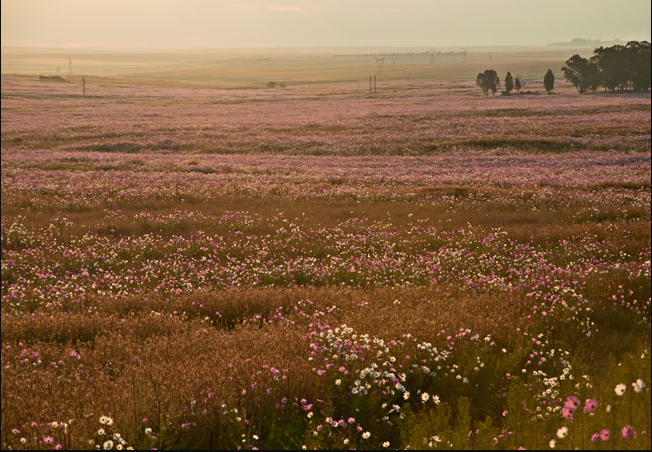
Whilst Balfour made recent headlines when Jacob Zuma visited the town in the midst of service delivery protests from locals in the Siyathemba township, and his subsequent return in May 2010, Johannesburg residents know the town because it lies plum in the middle of one of the closest areas for weekend breakaways. Located south east of Suikerbosrand Nature Reserve, just off the R23 that leaves the N3 north of Heidelberg and heads into the province of Mpumalanga, Balfour nestles in a region given over mostly to farms, game farms and bushveld.
Welgelegen Manor House, Belfour

Welgelegen Manor is the embodiment of the incredible life and ambition of industrialist and innovator, Andries Mostert.
Andries Mostert was born in Paarl in 1868 – but due to bad health, was schooled in Beaufort West. As a teenager, he began his working career in Kimberley, working for his brother who owned a butcher shop.
Tsolo, Eastern Cape
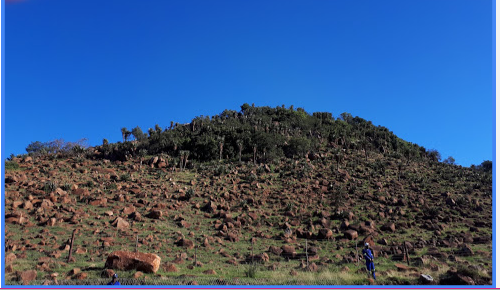
(prior to 1910)
Shipwreck Trail, Eastern Cape
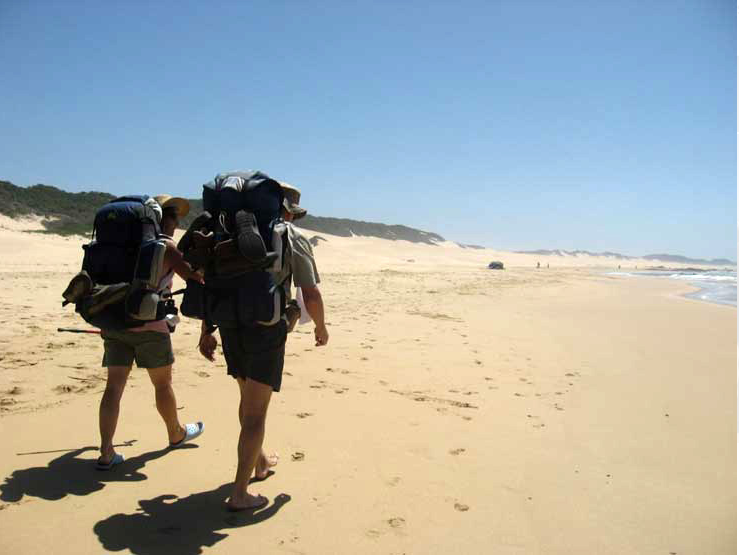
ABOUT SHIPWRECK HIKING TRAIL
Start: Port Alfred
Finish: Fish River Mouth near East London
Duration: 69 km over five days
Fitness: moderate
Our tip: a six night version of the hike includes canoeing (fairly gentle paddle worth including in the hike); another includes an overnight in a game reserve at Lily Pad huts; there is also a slackpacker version of the hike
This six day, five night hike takes you along the Shipwreck Coast renowned for the number of ships that ended up on the rocks.
Barnyard Theatre in Cape Town
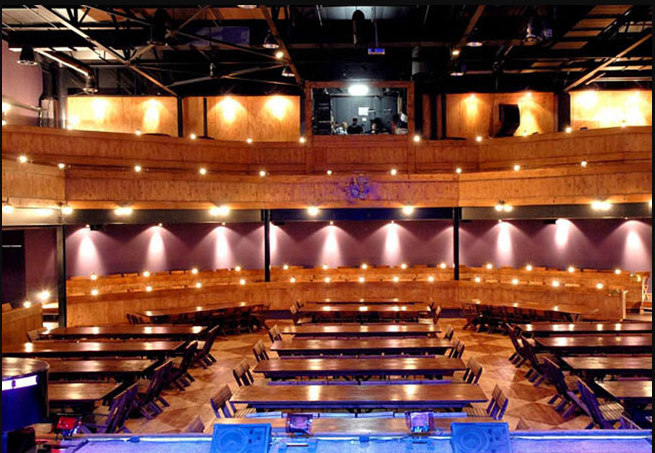
Having been established 20 years ago, the Barnyard Theatre family is no stranger to hosting some of the best local bands, comedians and performers.
Johannesburg Civic Theatre

Johannesburg’s Civic Theatre was built by the then city council in 1962, creating a high-profile landmark on the top of the Braamfontein hill.
Bishopscourt, Cape Town
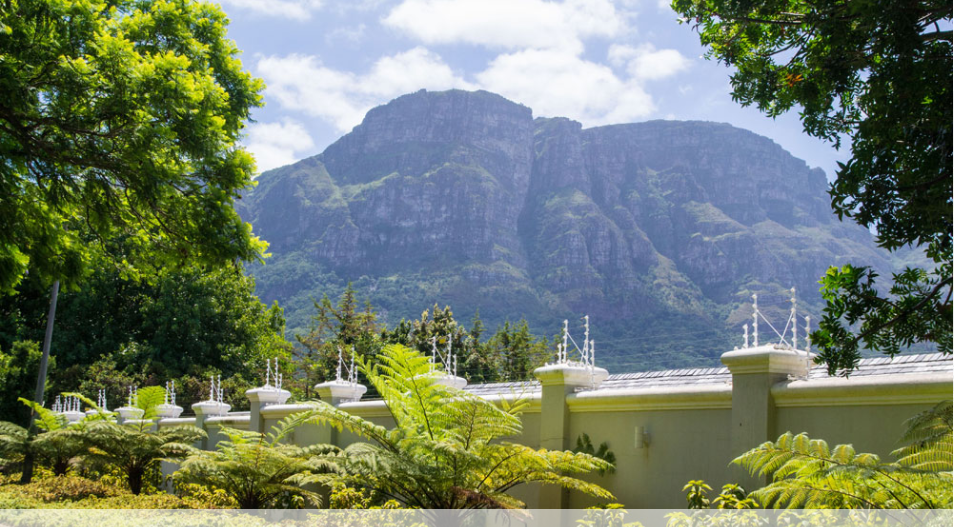
Set right against the slopes of Table Mountain in the Constantia Valley, Bishopscourt gives new meaning to the term ‘leafy’, which here describes incredibly large and gracious oaks that line most of the quiet streets with their large family residences, high walls and beautifully m
Luneburg, Kwazulu Natal
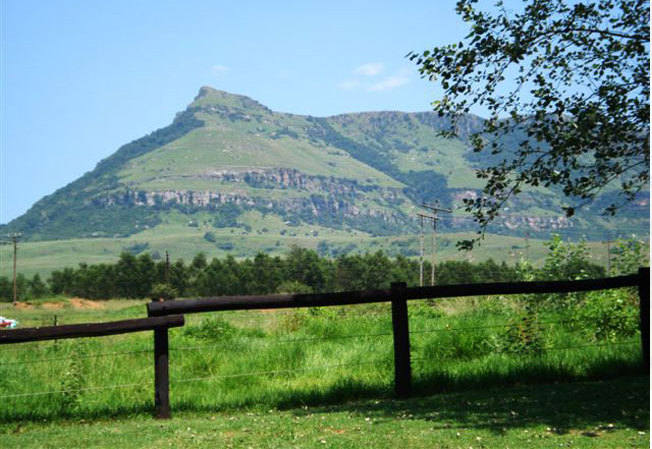
Lüneburg is located between the towns of Piet Retief and Vryheid on the border of the KwaZulu Natal Province and the Mpumalanga Province of South Africa, has grown into an agricultural region which farms Maize, Dairy, Beef, Pork and Timber.
Luckhoff High School

With being established in 1935, the school is a very important part of the Stellenbosch Community.
Buntingville, Eastern Cape
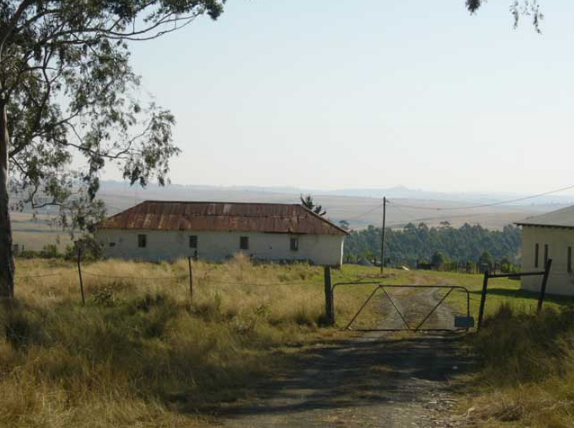
The South African mission stations of Buntingville and Old Bunting, founded in the Eastern Cape in the nineteenth Century, were named after Sidney Percival Bunting’s great grandfather, Dr Jabez Bunting.
Old Bunting is a populated place and is located in OR Tambo District Municipality, Eastern Cape, South Africa. The estimate terrain elevation above seal level is 639 metres.
One of the most cherished District dreams is to turn all old mission stations into Hospice Centres for the disabled, Aids orphans and victims of abuse.